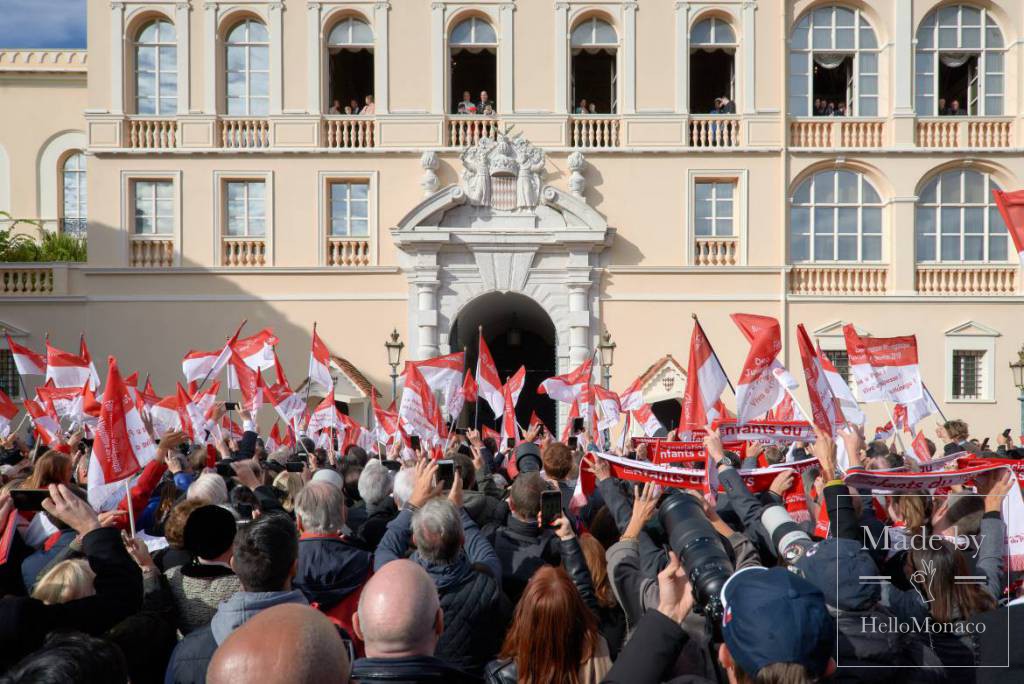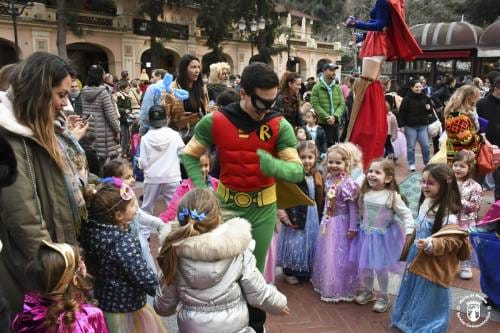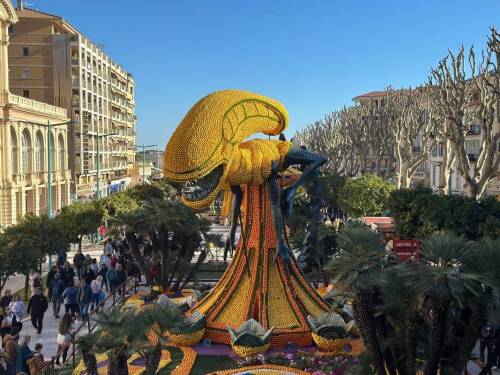It’s exactly 70 years ago, in 1952, that the National Day of Monaco was first celebrated on November 19th by decree of Prince Rainier III. Since then, every year on the 19th of November, a proud and festive atmosphere overtakes the Principality as it celebrates its Fête Nationale. Hundreds of flags and ribbons adorn Monaco’s balconies, dramatic fireworks boom and sparkle across the sky. Music, celebrations and patriotism palpably sweep through the second-smallest nation in the world. The Princely family makes heart-felt appearances during events on a day that’s both for them and for the people of Monaco.
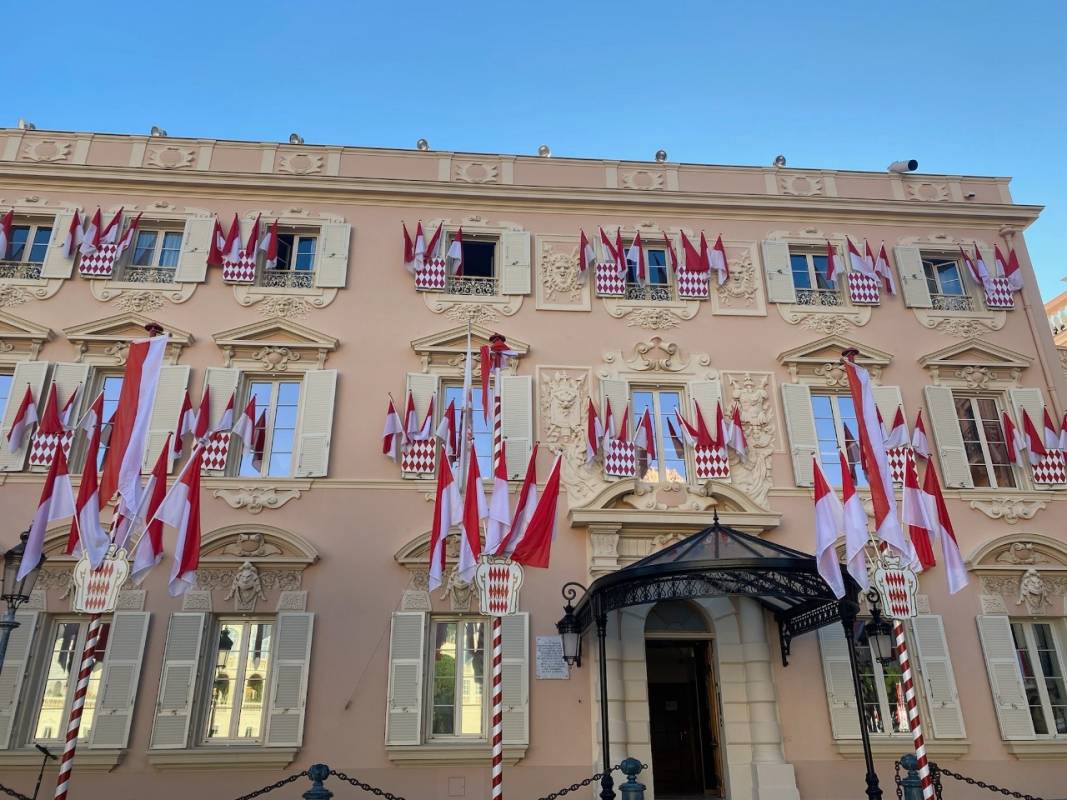
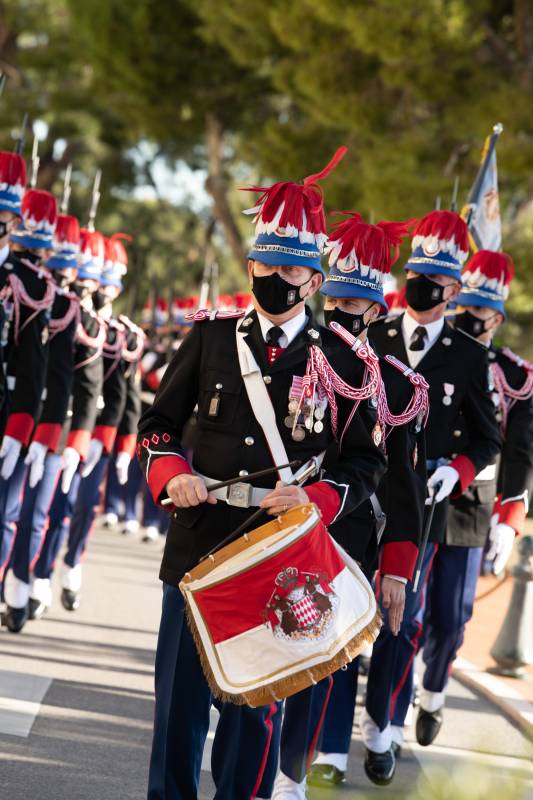
Manu Vitali et Michael Alesi / Direction de la Communication
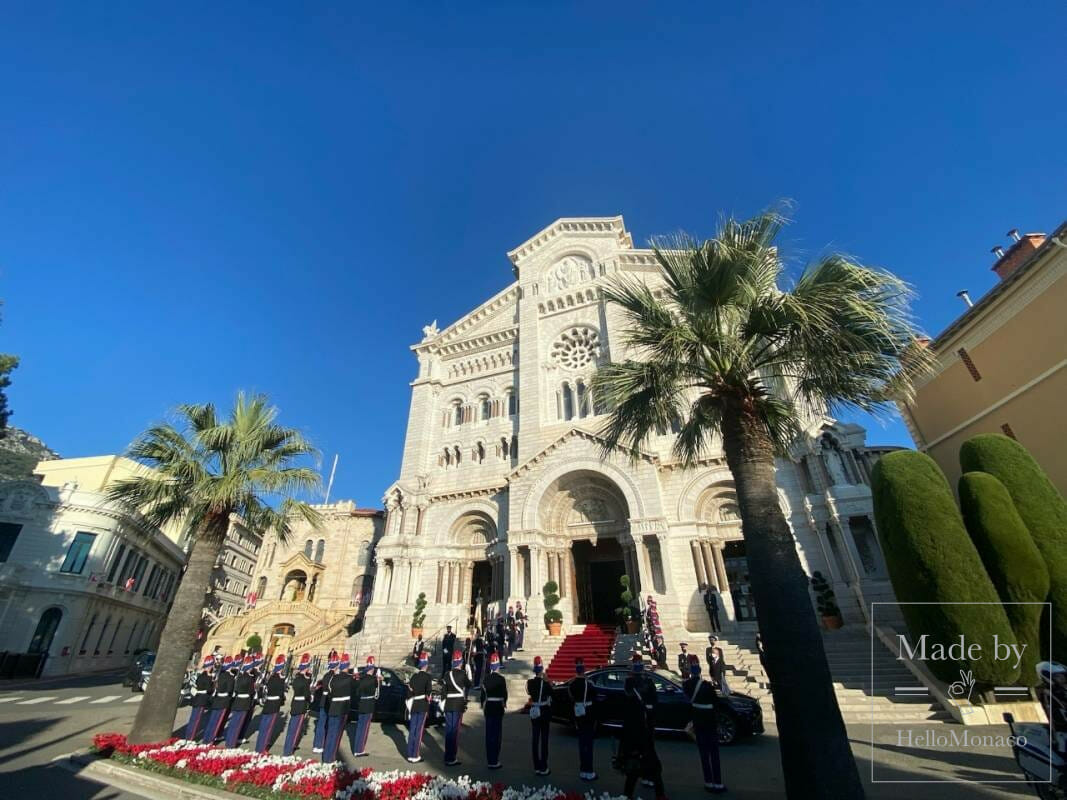
A new National Day for every Sovereign
The date of Monaco’s National day is determined by the reigning Prince and began with Prince Charles III. The very first National Day was celebrated during the second year of his reign in 1857. He decided that November 4th the feast day of his patron saint, be declared the very first “Sovereign’s Day”. The celebration took place during a time when the Principality truly became a modern and independent State, with a national flag and diplomatic representation abroad.
The first National Day was celebrated with a Te Deum in Saint Nicolas church (construction of the Cathedral only began twenty years later) a tradition which still holds up to this day. In 1871, the first parade took place on the Place du Palais with the Compagnie des Gardes du Prince. A few years later, the Prince’s Carabinieri began taking part in the celebrations.
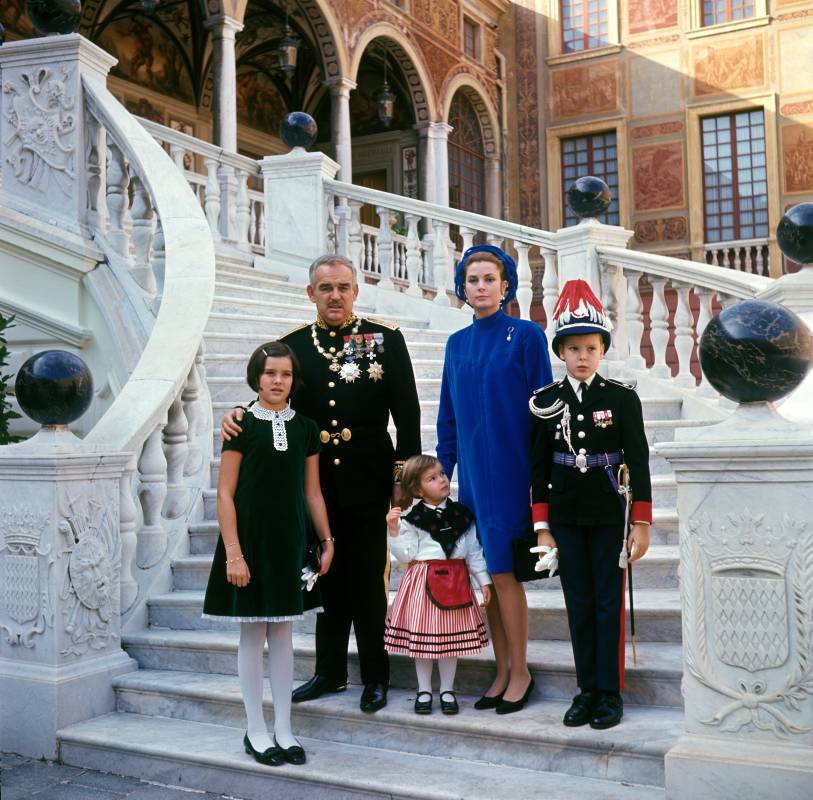
After the death of Prince Charles III, Prince Albert I declared by a Sovereign Ordinance on 8 May 1890 that Prince’s Day will be celebrated on November 15th, which is St. Albert’s Day. When Prince Louis II ascended to the throne, a problem arose: his patron saint’s day was on 25th August, a time when the Principality is on holiday. The Prince then decided, by Ordinance of 17 July 1922, that Sovereign’s Day takes place on January 17th, the day of Saint-Antoine Abbé, his granddaughter, Princess Antoinette’s patron’s day (Prince Rainier was born the following year).
One year later, the Journal de Monaco used the term “National Day” for the first time.
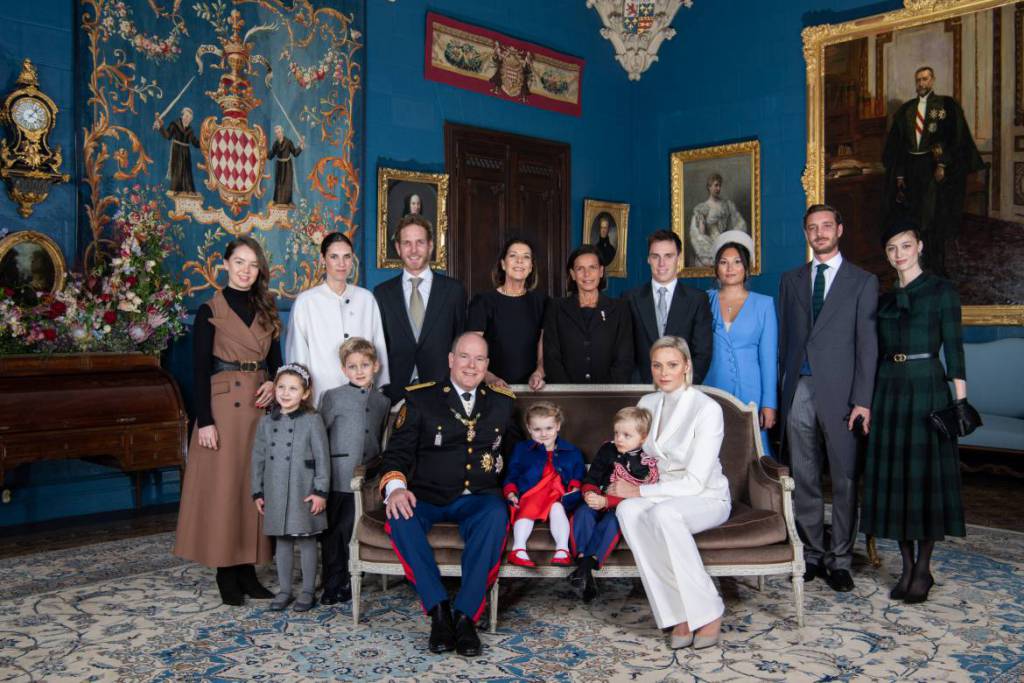
Prince Albert II breaks with tradition as an ode to His Father
On 9th May 1949, Prince Rainier III ascended the throne. According to a Sovereign Ordinance dated 4th July 1949, Sovereign’s Day was set to take place on 11th April. However, two years later, that date happened to fall on Good Friday. The ordinance was repealed in October 1951 and since 1952 National Day is celebrated on 19th November. It was the date of Prince Rainier III‘s enthronement in 1949 as well as the day of Blessed Rainier of Arezzo.
When HSH Prince Albert II became Sovereign, he broke with tradition and kept National Day on 19th November, as a tribute to his father, instead of changing it back to 15th November, or Saint Albert’s Day.

Celebrating National Day during a Cyclone!
Fireworks have been a staple at every National Day since its inception. But when a deadly virus swept the globe in 2020, health restrictions forced the public to go without a fireworks display for the first time…since 1891. That was the year a cyclone ruined a would-be spectacular fireworks show.
The pyrotechnics were set up, the crowd was ready for the display. But a cyclone dramatically carried away the entire display, which was loaded on a small blimp with a Monegasque flag. The fireworks were found twelve days later on the Italian border by an unsuspecting Italian citizen.
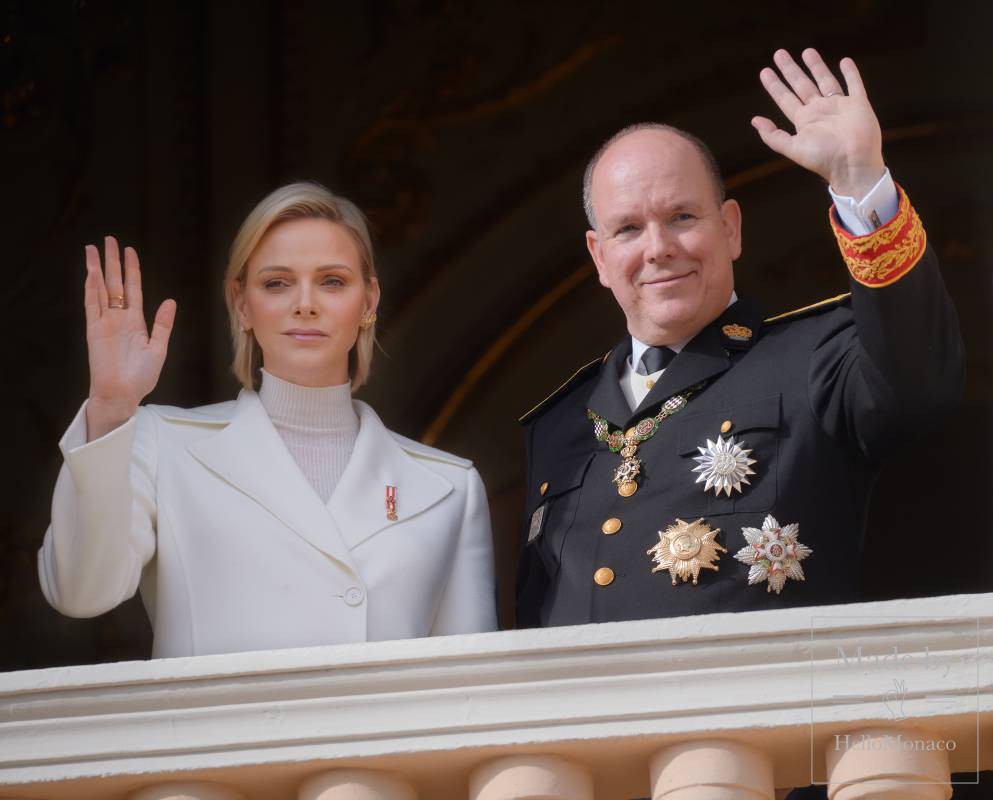
The Princely Family’s schedule on National Day
On National Day, the sovereign couple is received on the forecourt of the cathedral by the archbishop. The Prince and Princess join a procession to the princely box, in the choir section of the cathedral. After the singing of the Te Deum, the Archbishop intones a Latin prayer for the Sovereign Prince, Domine, salvum fac princem nostrum Albertum, during which all rise except the Sovereign, who remains seated.
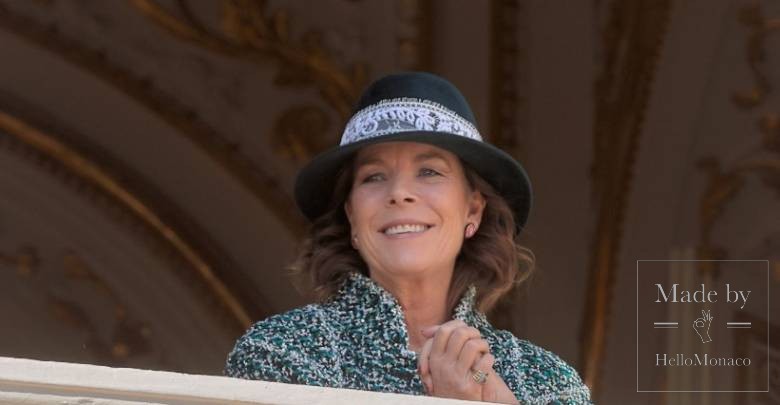
Afterwards, in the Cour d’Honneur, the Princely family watch the taking up of arms. Ceremonies for awarding Labour Medals and Medals of Honour are then conducted by the Minister of State. This is followed by a parade on the Place du Palais, where everyone gathers around the Sovereign Prince and His Family. After the parade, a cannon salute is given by artillery pieces dating back to the 1600s, during the reign of Louis XIV. After that, a friendly football match takes place at the Stade Louis-II and a gala concert is given by the Monte-Carlo Philharmonic Orchestra.
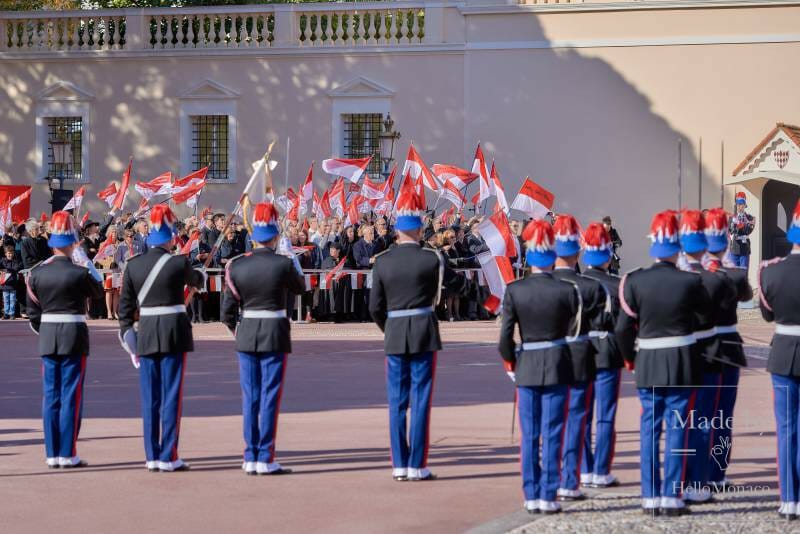
A trip back in time to Monaco’s National Day 1889
Over a century ago, a journalist for a French sports magazine travelled to Monaco to give a firsthand account of National Day celebrations. The year is 1889, Hereditary Prince Louis is 19 years old and had just entered his first year at the School of Saint-Cyr. England just announced that Queen Victoria will be making a trip to Monaco, which will tighten the ties that unite the English royal family to the princely family.
“The Principality of Monaco brilliantly celebrated Saint-Albert, the Prince’s feast day,” writes the journalist, “the illuminations in Monaco and La Condamine were magnificent. A firework was shot on the palace square. At nine o’clock in the evening, the traditional torchlight procession and the Philharmonic Society traveled through the city to cries of: ‘Long live Prince Albert! Long live Princess Alice!’”
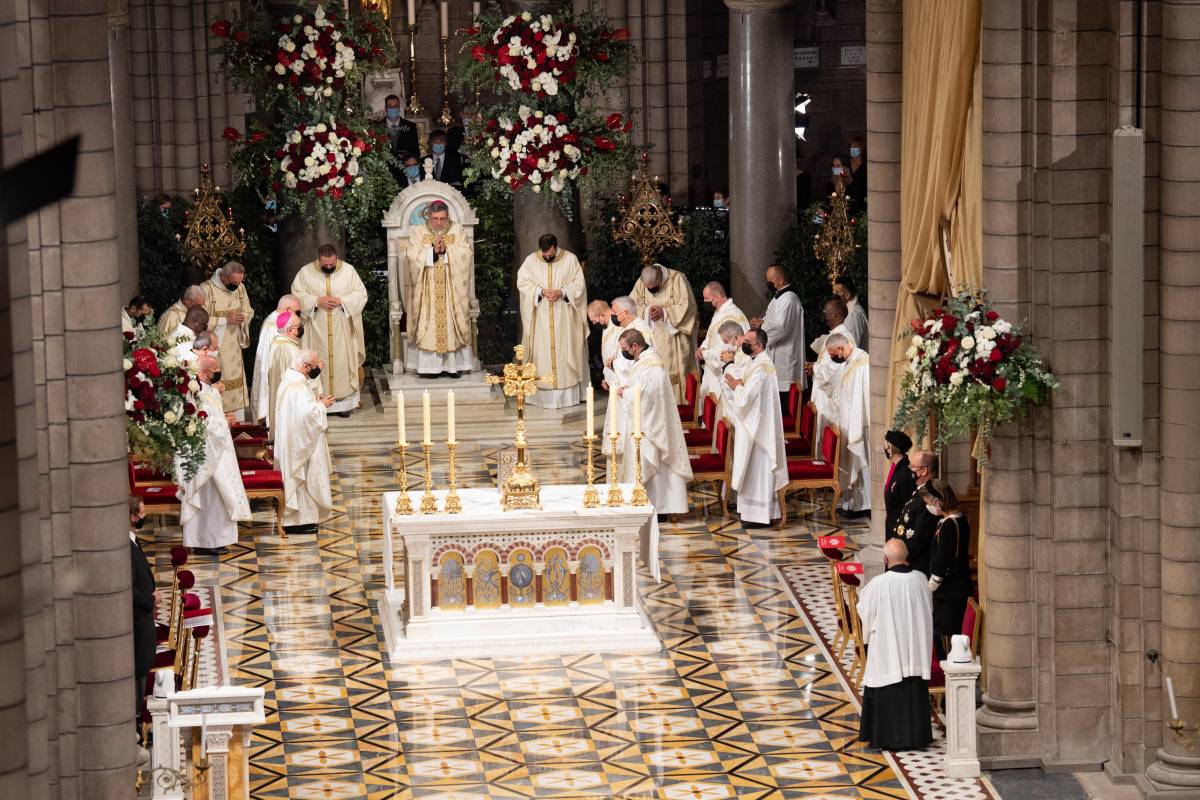
The journalist describes a very familiar-sounding celebration. A Te Deum was sung at the cathedral. Baron de Farincourt, Governor General of the Principality, then reviewed the guards of honour and the riflemen. Consuls and authorities assembled for lunch and the French consul spoke about the scientific work of the Prince, recently elected to Paris as a member of the Academy of Sciences after courageously studying the depths of the ocean. The journalist’s account of National Day 1889 could almost be a recounting of a modern National Day: a testament to how strong and lasting the traditions of the celebration have been throughout the years.



